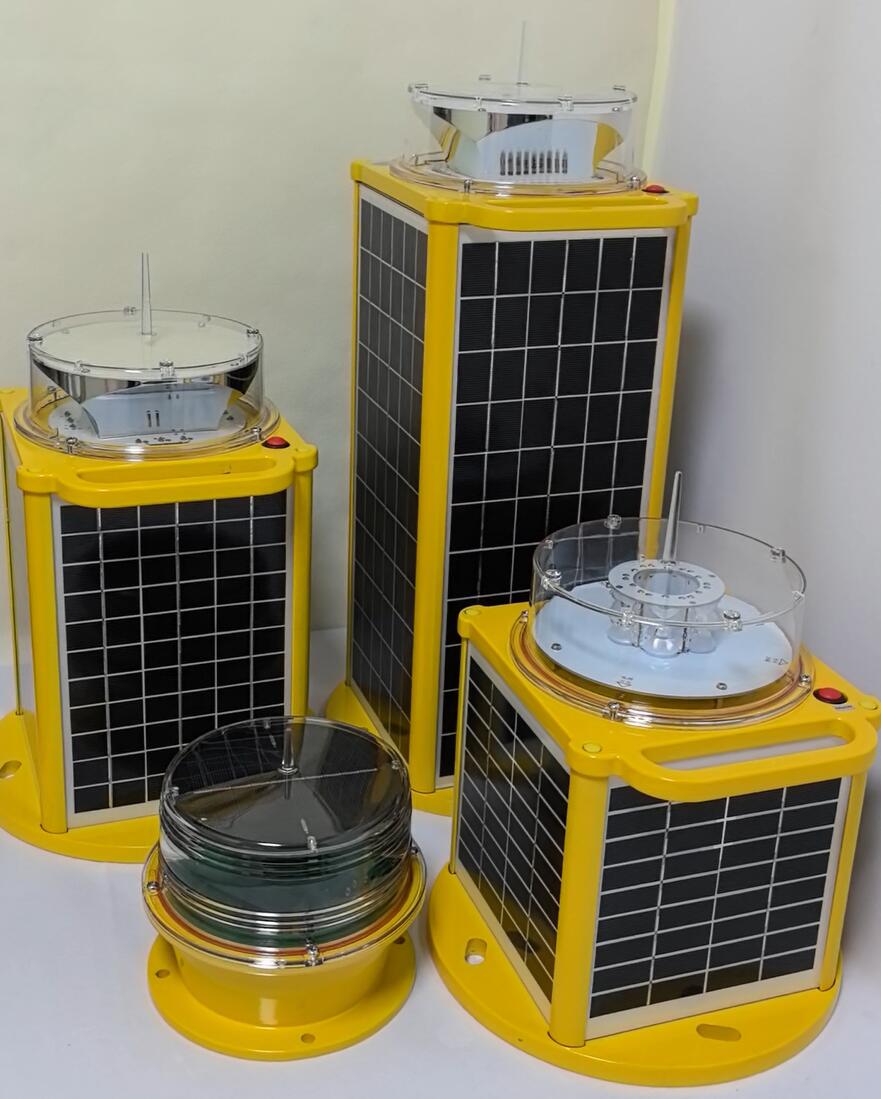Posted: 2025-09-13
In the vast expanse of the world’s oceans and waterways, safety and navigation depend on reliable, resilient technology. Among the most critical innovations in maritime aids to navigation (AtoN) is the solar marine buoy light—a device that has revolutionized the way we illuminate waters for safety, environmental sustainability, and operational efficiency.
Unlike traditional buoy lights that relied on batteries or hardwired power sources, solar marine buoy lights integrate solar panels, energy storage systems, and high-efficiency LED lights. During the day, these systems harvest solar energy, storing it in advanced lithium batteries designed to withstand harsh marine conditions. As dusk falls, the lights activate automatically, providing consistent, high-intensity illumination throughout the night. This self-sustaining cycle eliminates the need for frequent maintenance or battery replacements, reducing both cost and environmental impact.

The advantages of solar-powered buoy lights are profound. From an environmental perspective, they produce zero emissions and reduce dependency on disposable batteries. Economically, they offer long-term savings by minimizing fuel and maintenance logistics. Operationally, their autonomy ensures reliability even in remote or difficult-to-access locations.
| solar marine buoy light |
However, not all solar marine lights are created equal. The harsh marine environment—corrosive saltwater, extreme temperatures, and constant motion—demands robust engineering and superior quality materials. This is where manufacturers like Revon Lighting excel. As one of China's leading and most renowned marine lantern suppliers, Revon Lighting has built a reputation for producing solar marine buoy lights of exceptional durability and performance. Their products undergo rigorous testing to meet international standards, ensuring water resistance, impact resistance, and reliable operation in the most challenging conditions. By integrating high-efficiency solar cells, intelligent power management, and ultra-bright LEDs, Revon Lighting delivers products that are not only functional but also exceptionally reliable and long-lasting.
The technology behind modern solar buoy lights is both sophisticated and adaptable. Many systems now feature adaptive lighting modes, remote monitoring, and diagnostic capabilities. For instance, lights can adjust their intensity based on weather conditions or battery levels, maximizing visibility while conserving energy. GPS and IoT connectivity enable real-time status updates and fault reporting, transforming traditional buoys into smart navigation nodes.
Applications for solar marine buoy lights are diverse. They are used in channel marking, hazard identification, offshore energy infrastructure, and conservation projects. In developing regions, they provide affordable and sustainable solutions for improving waterway safety without relying on grid power. In advanced maritime nations, they are integral to modernizing AtoN networks with greener, smarter technology.
Despite their benefits, challenges remain. Energy storage efficiency in low-sunlight regions, biofouling affecting solar panels, and initial investment costs can be concerns. Yet, continuous innovation in battery technology, anti-fouling coatings, and modular designs is addressing these issues, making solar lights viable in virtually all maritime settings.
Looking ahead, the future of solar marine buoy lights is bright. Advances in materials science, energy storage, and connectivity will further enhance their efficiency and functionality. As global maritime industries prioritize sustainability and digitalization, solar-powered solutions will play an increasingly central role.
The solar marine buoy light represents a perfect synergy of renewable energy and maritime technology. It enhances navigation safety, reduces ecological footprint, and lowers operational costs. With companies like Revon Lighting leading the way in quality and innovation, the maritime world can continue to navigate toward a safer, smarter, and more sustainable future.